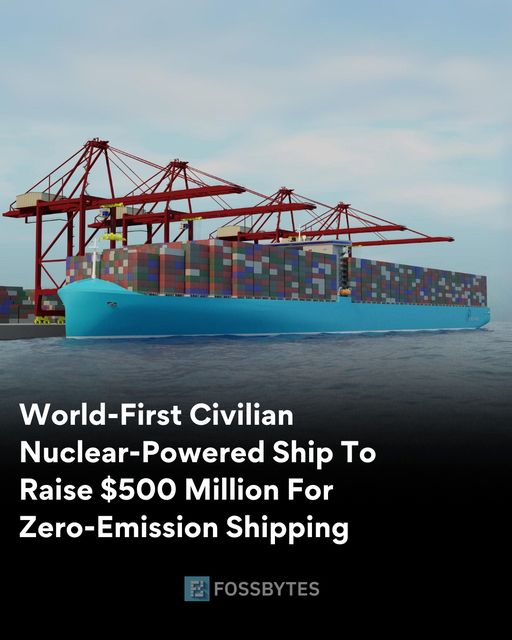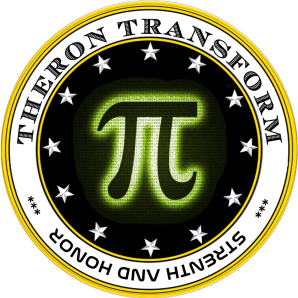THERON TRANSFORM OPINION ON NUCLEAR POWERED SHIPS, A VERY BAD IDEA!
Global Programs: UK-based startup CORE POWER is set to raise $500 million to advance the design of nuclear-powered containerships, aiming to create the world’s first civilian maritime nuclear program.
Their technology promises zero-emission propulsion for large cargo ships and future floating nuclear power plants, offering flexible, disaster-resistant power generation.
While naval nuclear reactors have existed since the 1950s, commercial insurance hurdles remain.
CORE POWER is working on reactors that could revolutionize global trade by improving shipping efficiency, alongside initiatives in green hydrogen, steel production, and water desalination.


